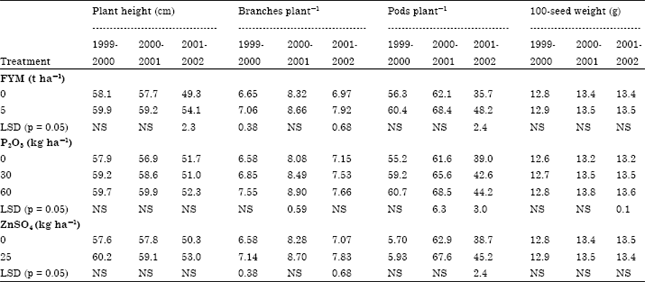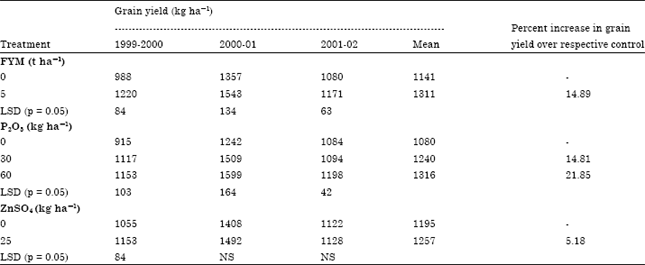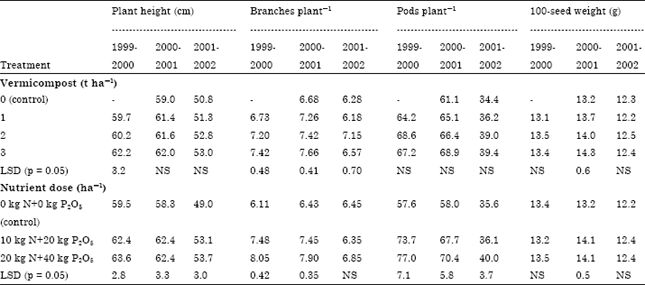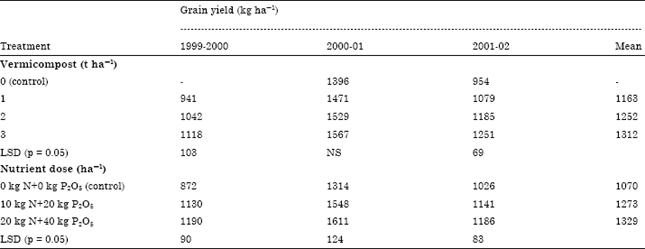Research Article
Effect of Farmyard Manure, Vermicompost and Chemical Nutrients on Growth and Yield of Chickpea (Cicer arietinum L.)
Department of Plant Breeding and Genetics, Punjab Agricultural University, Ludhiana 141004, India
H.S. Sekhon
Department of Plant Breeding and Genetics, Punjab Agricultural University, Ludhiana 141004, India
Harpreet Kaur
Department of Plant Breeding and Genetics, Punjab Agricultural University, Ludhiana 141004, India













